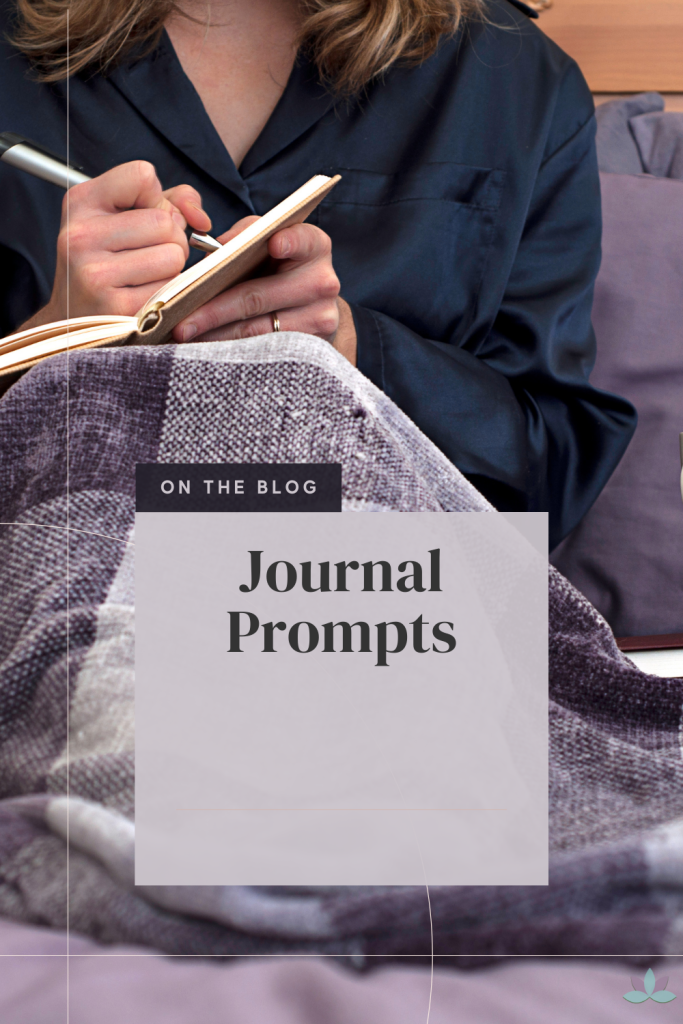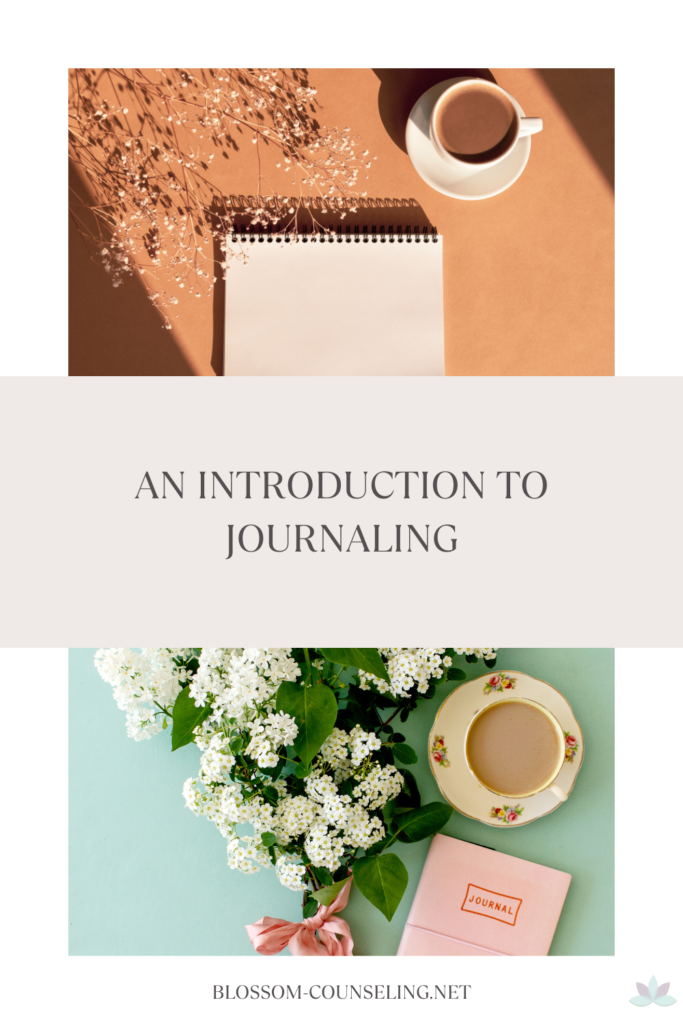
Do you wonder if we could ever get used to change in a way that causes us to not remember what it was like “before?”
I know that just by looking outside in the winter – exercise might not sound as appealing as getting cozy on the couch with your pet or a good docuseries. Many of us know, with some guilt attached because we don’t always do it, that exercise is good for us For the sake of this blog, we are going to replace the word, “exercise” with the word, “movement.”. Aside from the reasons we’re familiar with, exercise (movement, right? I wanted to make sure you were paying attention!), helps regulation of emotion (self-regulation).
I am writing this on the ninth month of the COVID 19 pandemic. And trust me – we are all struggling with self-regulation. And you know that feeling of trying to work from home and facilitate “virtual kindergarten?” You are also most likely experiencing dysregulation. Our
autonomic nervous system goes into overdrive when it feels it needs to – fear, danger, anxiety, stress, etc. all bring on the, sometimes quick, switch to operating from self-preservation in fight, flight, or freeze. Even though sometimes it may feel like it’s a quick and complete shift from “calm” to “TERROR,” as observed in ourselves, our kids, other people, there is a “dysregulation ladder” that the brain experiences. We will “climb the ladder” in another blog post – I promise!
Movement (vestibular input) is one of the best ways to self-regulate. Movement forces our brain to shift out of fight/flight/freeze by allowing the effects of over-stimulation to be released and promotes communication between the cognition part of the brain to begin again. Think of how rocking a fussy baby back and forth to promote soothing. There are three types of vestibular input that involve various planes of motion – back and forth, side to side, rotary, diagonal, and vertical. Various types of movement fall into each category.
If I’ve lost you, I invite you to shift your seating position! Just this act of movement will assist in self-regulation and enable focus to begin again. This is the good part – movement to self-regulate does not have to be hard, cardiovascular activity! Vertical vestibular input, bouncing and jumping, can be one of the best categories of movement to self-regulate because it involves proprioception (having awareness of the body in the space).
Using movement to regulate emotion does not have to be complicated. It does not have to involve uncomfortable conditions or intense cardiovascular activity. Check out these simple ways to incorporate movement when feeling anxious, stressed, fidgety, etc.
1. Walk! Walk around your home or outside for five to 10 minutes. Walking, even for a few minutes, is an easy way to use movement to regulate.
2. Change position! FIDGET! I’m giving you permission and encouraging you to FIDGET! Change seating positions, type of seating, etc.
3. Jumping Jacks! Jumping Jacks are vertical vestibular input!
4. Dance! Kids (and some adults!) LOVE “Go Noodle” or similar music videos promoting dance as movement. In fact, YouTube is a GREAT resource for fun videos promoting movement to regulate emotion.
Find yourself stressed, anxious, dysregulated? Notice your kiddos are displaying behaviors that were non-existent or not disruptive but have developed or increased since quarantine? It’s okay – this is normal, especially in current times. There are many ways to regulate, including movement. Interested in learning more about dysregulation and how to self-regulate? Schedule your FREE 30 minute consultation and let’s comeup with a personalized, self-regulation plan. We all need a little help sometimes, especially with so many shifts and unknowns. Emmett and I are here to help and as Emmett says, “I believe in you, my friend!”




